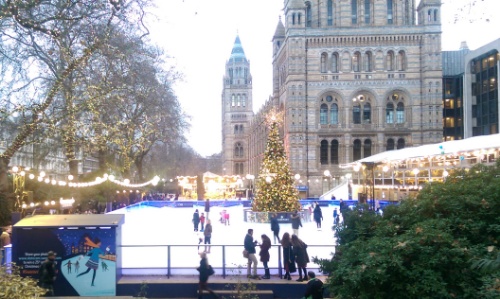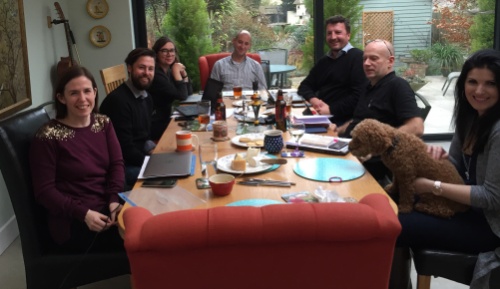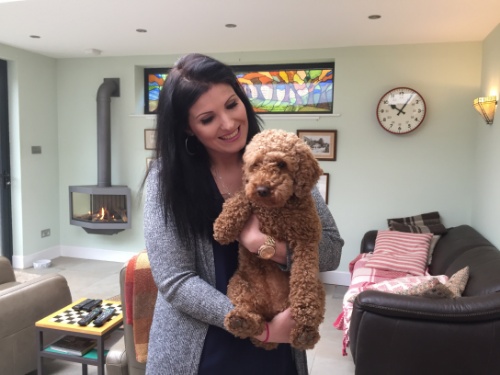The file store at work is divided into rolling cabinets which contain shelves which hold file boxes full of files. The files on the shelves are organised in numerical order going down, the lowest number being at the very end and top. This makes a series of columns. The first one, right at the very top, starts in around 1852 and continues towards the present day at the other end.
The only reason I explained that (and I’ve probably explained it before) is because today marked the beginning of the final column. I hasten to add that this isn’t the final set of objects in the Shipping Gallery decant but the end of my journey backwards from halfway.
Originally the work was divided in half because there was to be two of us working on them. The other person didn’t last very long – I think they wound up sometime in 1913 – and the Objects have just waited for me to finish my journey into the past. That’s not to say it’ll be any time soon. I still have quite a few Objects to complete.
While I’ve really enjoyed working with the beginnings of marine engineering I must say I’m getting a bit sick of paddle wheels. The Science Museum has an incredibly large collection of paddle wheel models. I’m surprised there can be so many different paddle wheels. It’s not like there’s a lot of variation…unlike propellers.
Mind you, had I not been researching paddle wheels, I’d not have discovered Archibald Robertson who was a Ship Carver. Neither Nick at Work nor I knew what a Ship Carver was. I quickly found out that it was the person who carved all the fancy stuff on wooden ships including but not exclusively, the figurehead.
Irritatingly there were two other Archibald Robertsons alive at the same time and the other two were more well known, making references to the ship carver not so simple. Add to that the fact that all three were born in Scotland and moved to Liverpool and the problems just multiply.
Still, I managed to find a bit of information and created a reasonable People record for Archie the Carver.
On the way home, I noticed that the Natural History Museum ice skating rink was doing a roaring trade.

Meanwhile, in the extension, there was a lot of management chat and puppy fussing going on.
Interestingly, Emma made a friend. Emma the Cockerpoo spent most of the day with Emma from Marketing. This included sitting on her lap helping her with her meeting contributions.

L-R: Rowena, Will, Sarah, Ben, Ian, Graham, Emma & Emma
Apparently the meeting was an enormous success and my food was tucked into. And, while most of the quiche Lorraine was eaten, there was a slice left for me to try when I arrived home. And a lot of cheese.

Emmas



How lovely is that Emma finding Emma it is always Freya that gets all the cuddles. I told you they would love your lunch and how nice they left you a taste of your Quiche Lorraine. your window looks great behind the two Emmas.
Love mum xxxx
Sorry forgot to say how very frustrating for you having two guys named the same you would think they were related. but it was interesting all the same but perhaps a bit of a bore for you, I just read all what you put in and I know you put the best bits in.
Love mum xxx
Where can I read your People record on Archibald Robertson the carver. I have his patent, but would like to know more.
Hi Randall. I’ve written up a short biography of Archibald Robertson based on my earlier findings. It is here: http://usinuk.co.uk/blog/archives/25115.
I am not currently working at the Science Museum so I’m unable to get a copy of the People record but it is based on the notes I’ve used for the post above. Hopefully you’ll find it interesting.
Gary
How did you know the paddle wheel you handled was Archibald Robertson’s? The Science Museum website has images of a paddle wheel with oblique paddles, which was a feature of Robertson’s, but the website says that it isn’t signed and it doesn’t know who made it. They might have many models, but they are not telling anyone about most of them. A search on “Archibald Robertson” finds nothing.
Randall
The model of the paddle wheel at the Science Museum is ‘unsigned’ meaning there is no real provenance for it. The actual model is very similar to a lot of other models acquired by the museum (then the Patent Museum) at around the same time. I am of the opinion they were all made by the same people in order to show the different types of paddle wheels based on patent submissions. That, of course, is just my opinion based on my research. The patent (and design), however, is definitely Archibald Robertson’s.
To correct a misapprehension you maybe under, I don’t actually see any of the models (objects) I’m researching. They are in storage in a different building to where I work. My only ‘tools’ for trying to work out who made anything and their/its history, are the database (where the information comes from that you see when you search the Collections), technical files and correspondence files held by the museum.
I’m unfortunately unable to give you any images simply because I don’t have any! The ones on the database are not of very high resolution in order to reduce space on the database. If you like I can pass your request onto the relevant person at the museum and see what they can do. It’s not unusual for this sort of thing to be requested.
Hope that’s helpful.
Thanks for your reply. I missed it back in July.
As I understand your note, the model probably wasn’t made by Robertson, but by someone else at the Patent office to illustrate the features of the wheel in Robertson’s patent. That person may have gotten it right, or they could have missed something (as appears to be the case here).
Robertson and his paddle wheels crossed paths with John Ericsson when Captain (RN) John Ross bought the steam packet Victory and had her outfitted for his Northwest Passage expedition in 1829. Several years later Ericsson patented the screw propeller, which has some of the features of Robertson’s paddle wheel. Ericsson’s invention changed the world, while only you and I and someone at the Science museum now recognize Robertson’s name.
Pingback: Archibald Robertson | The House Husband